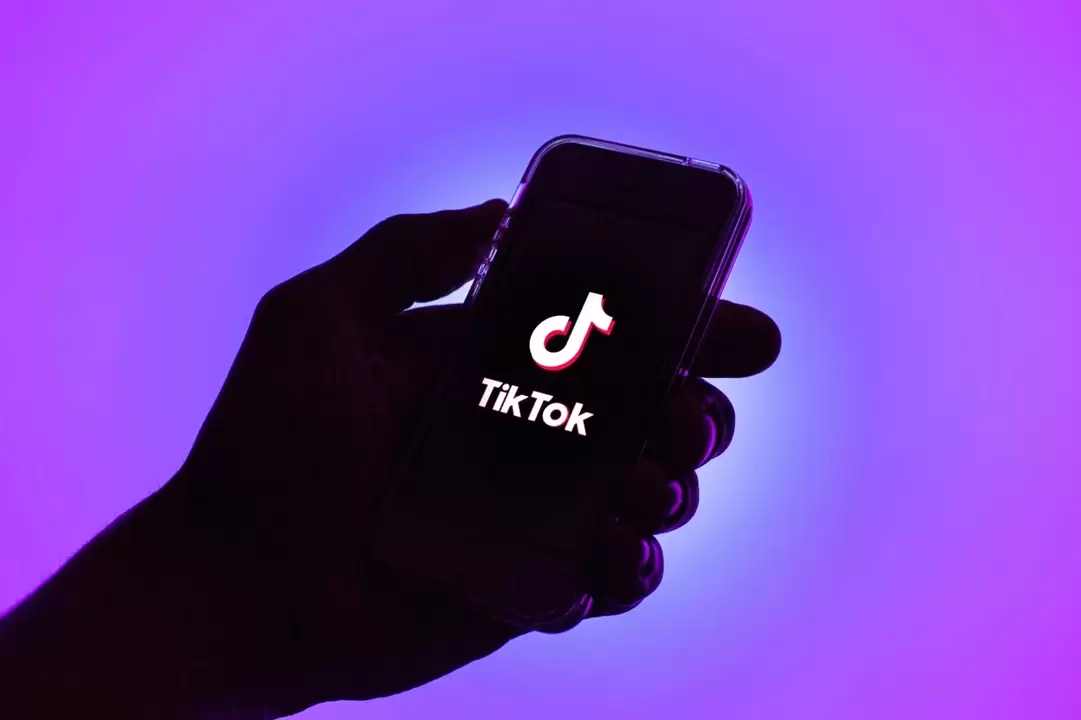In the ever-evolving landscape of digital content creation, the influence of artificial intelligence (AI) extends far beyond text and into the realms of image and video generation. In response to the burgeoning AI technology scene, TikTok has introduced a series of new regulations aimed squarely at its content creators. These regulations mandate that creators openly declare whether their content involved AI in its creation.
This policy of mandatory disclosure is crystal clear: content creators are now required to include a specific label or statement indicating whether AI played a role in the production of their videos. The primary objective is to ensure that TikTok’s user community can readily discern whether a video was crafted with AI assistance. Non-compliance with this policy carries repercussions, including warnings and the potential removal of videos. TikTok is currently in the process of testing an automated system to affix AI labels to content generated using generative AI tools.
But why is TikTok putting so much emphasis on this requirement for AI disclosure? This policy represents part of TikTok’s broader commitment to fostering transparency and authenticity within its platform. By making it obligatory for content creators to disclose the use of AI tools in video creation, TikTok aims to provide its user base with the assurance that it is unwavering in its dedication to transparency and accountability in today’s digital landscape.
Furthermore, the rule about specifying AI usage goes beyond mere transparency; it also serves as a protective measure against potential AI misuse. Not all applications of AI technology are motivated by ethical considerations. Some individuals employ AI, such as deepfake technology, to produce deceptive and harmful content. By insisting on the clear labeling of AI-generated videos, TikTok empowers its users to distinguish between authentic and manipulated content, offering a layer of protection in a digital age where misinformation and deceit can have far-reaching consequences

